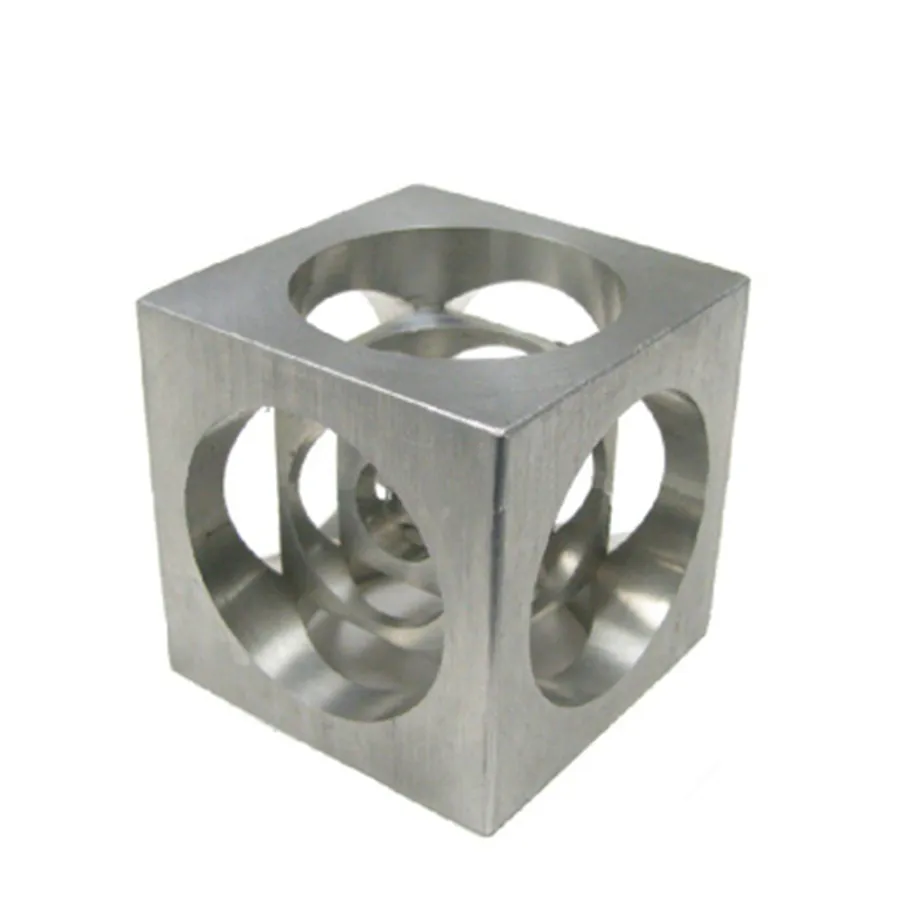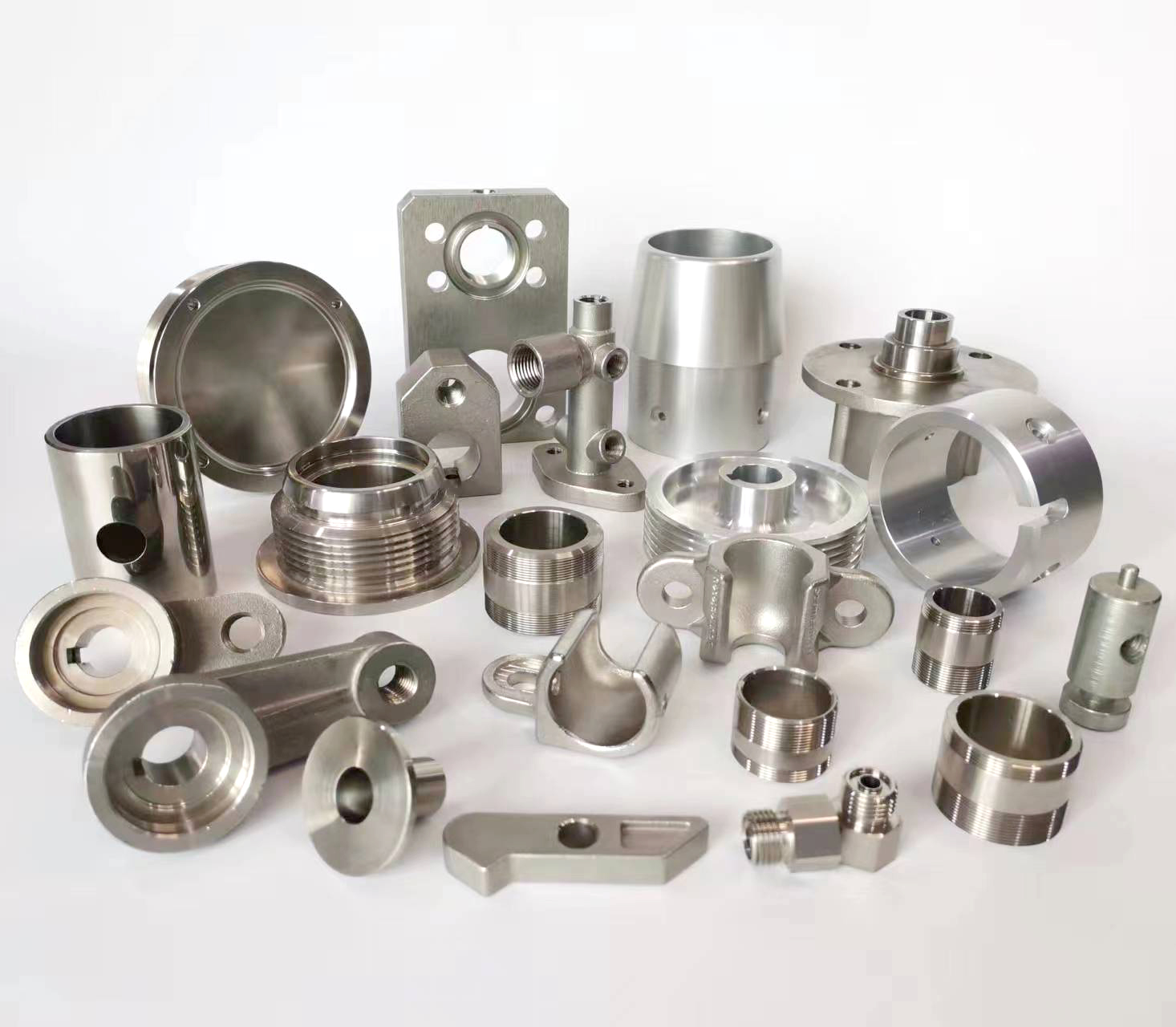Depending on the laser energy density and welding depth, laser welding is generally divided into two types: heat conduction welding and deep penetration welding.
Conduction Welding
Heat conduction welding is one of the most common laser welding methods. It uses a laser with a lower power density to irradiate the surface of the material, generating heat that only melts the surface metal, creating a stable weld pool that achieves a shallow penetration depth (usually within 1–2 mm). Due to the low heat input, the weld surface is smooth and aesthetically pleasing, and usually does not require subsequent sanding.
Heat conduction welding is suitable for materials with low melting points and thin thicknesses, and is often used for products with high requirements for precision and appearance, such as heat sink housings.
Keyhole(Deep Penetration) Welding
Deep penetration welding, also known as keyhole welding, is a high-power laser welding method. In this mode, the laser energy is very concentrated and can melt or even vaporize the metal in a very short time. The pressure generated by vaporization creates a thin keyhole in the molten metal, along which the laser penetrates deep into the material, creating deep, narrow, and high-strength welds.
Deep penetration welding has a fast welding speed and large penetration depth, making it suitable for metal materials with large thickness and high strength requirements, and is commonly used in automobile manufacturing, aerospace and other industries that require medium and thick plate welding, such as automotive body structural parts.






